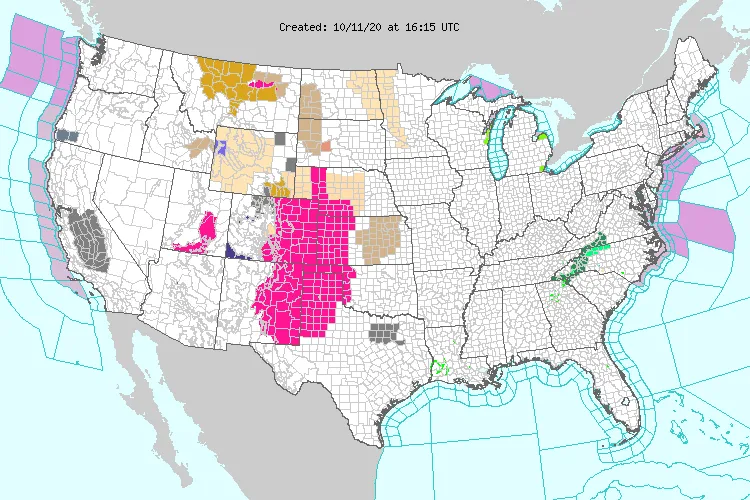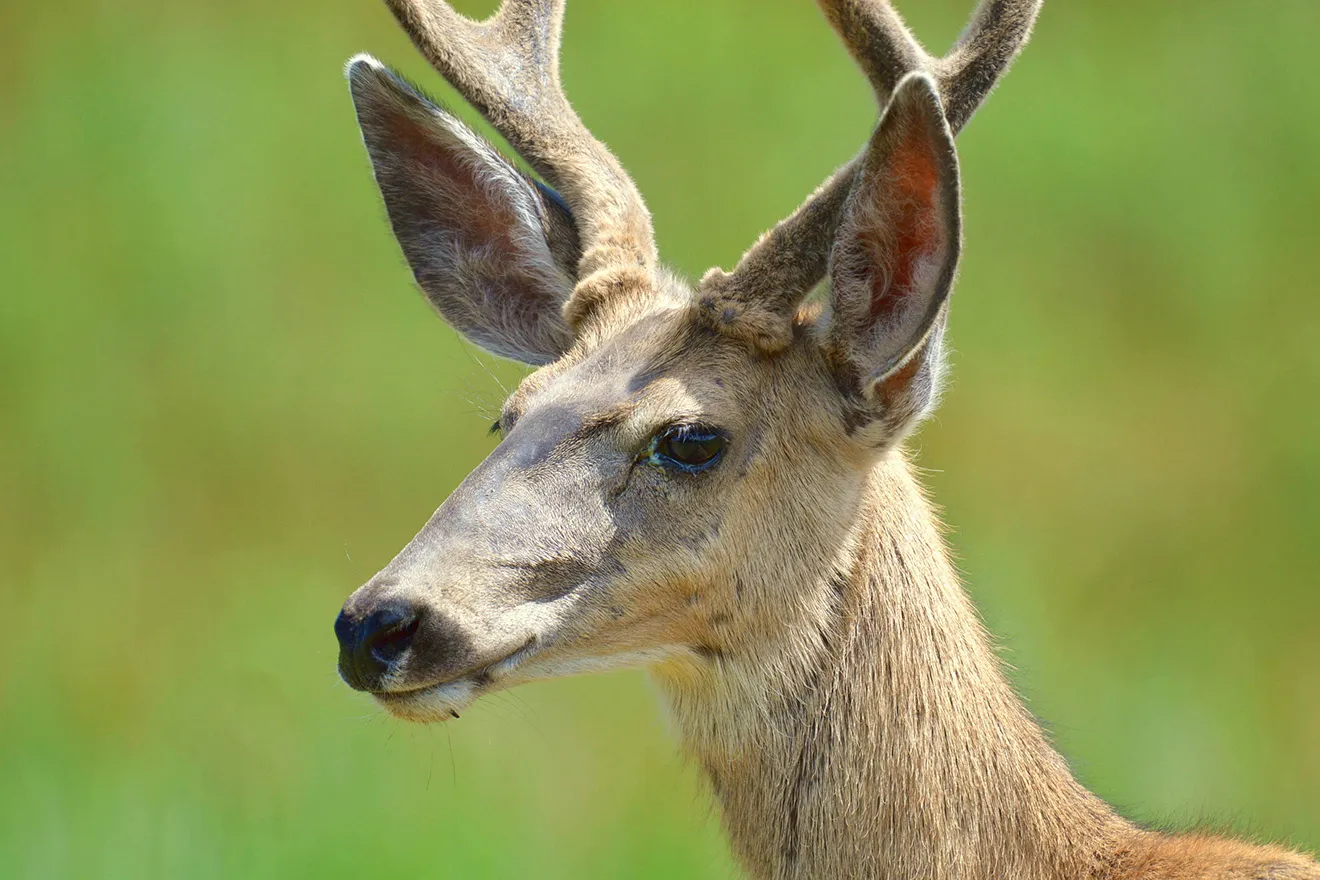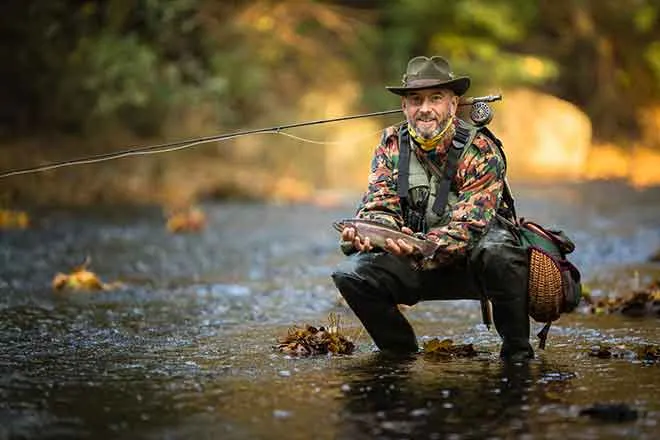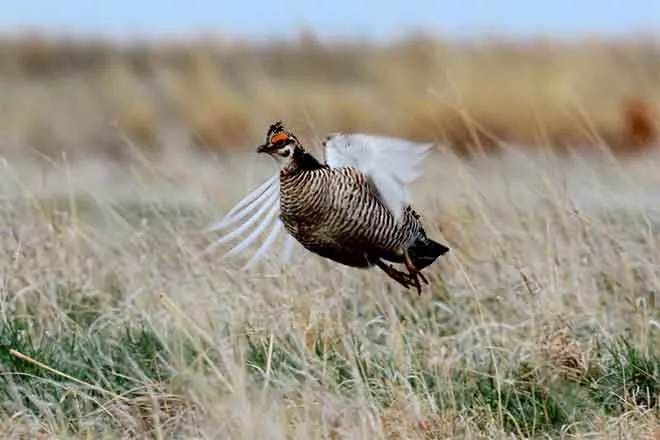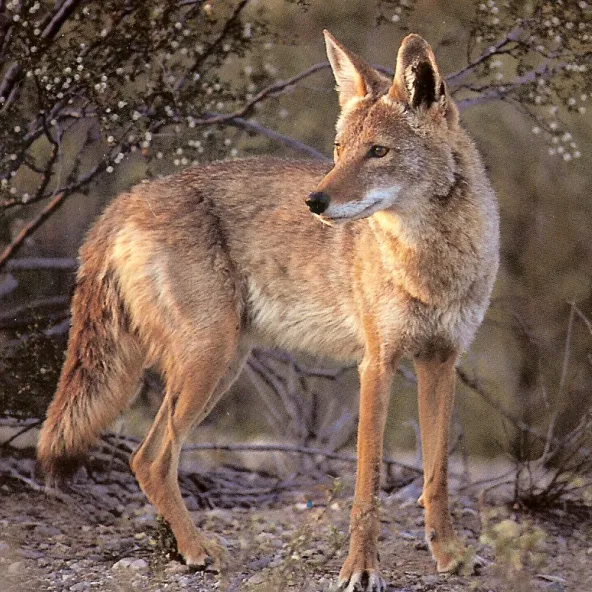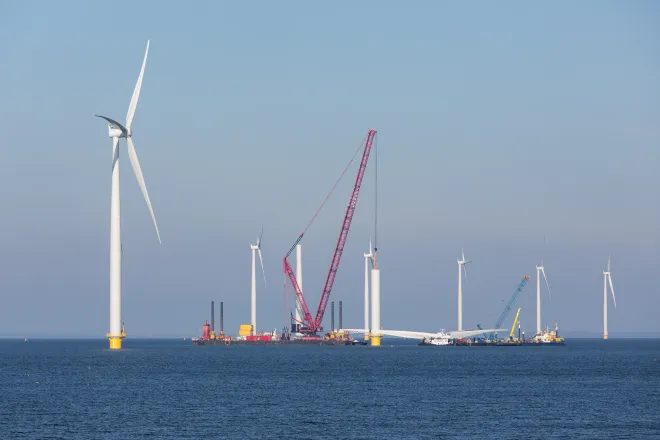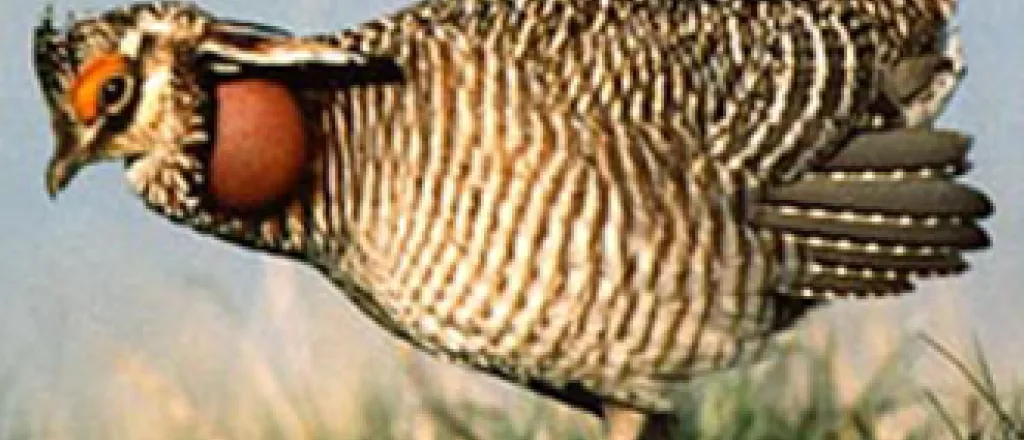
Effort Continues to Restore Lesser Prairie Chicken Population
Why did the lesser prairie chicken cross the state line?
Well, if Colorado Parks and Wildlife biologists are successful, the answer will be to rebuild populations of the rare and vulnerable bird that has mostly disappeared from the sagebrush and grasslands of the southeast corner of the state.
Wildlife biologists Jonathan Reitz and Liza Rossi recently concluded a busy month-long effort to catch and relocate lesser prairie chickens from stronghold populations in Kansas. It’s part of a joint four-year operation between CPW, the Kansas Department of Wildlife, Parks and Tourism and the U.S. Forest Service to rebuild prairie chicken populations in a 330,000-acre swath of southeastern Colorado and southwestern Kansas.
The target recovery area includes privately owned rangeland, Conservation Reserve Program grassland, the Cimarron National Grassland in Kansas and the Comanche National Grassland in Baca County, Colo. Both the Cimarron and Comanche grasslands are owned and managed by the forest service.
Historically, the region was home to large flocks of lesser prairie chickens. But the Dust Bowl in 1932 wiped out many of the birds. More recently, the lesser prairie chicken population was devastated by a severe snowstorm in December 2006 followed by years of drought. By 2016, biologists counted just two males on the Comanche and five males on the Cimarron.
But the wildlife biologists are discovering a big problem with relocating the birds. Roosters naturally gather in what is known as a “lek” to perform displays designed to attract hens for mating. But they don’t adapt well when their lek is disrupted.
“Their home lek is the center of their universe,” Reitz said. “Many relocated birds appear to be very unsettled, having been removed from that center.”
They often take flight in hopes of returning to their home leks.
“We have observed several prairie chickens having traveled 30 miles or more from the release site,” he said.
CPW biologists are hopeful the new project, targeting a much larger number of birds and using sophisticated technology to retain and track the birds, will succeed where less-sophisticated efforts failed decades ago.
For example, each bird is being banded and outfitted with a radio transmitter. CPW crews on the ground and in the air track the movements of the birds. The transmitters emit a distinct signal when the bird has died so CPW staff can find them and try to determine a cause of death.
Also, they are being released in larger groups in hopes of reducing the urge to fly home.
Biologists are even employing some high-tech devices to trick them into staying. At release sites, CPW staff is deploying “call boxes” programmed to play cackles and other sounds male lesser prairie chickens make to call on a lek.
“We have technicians on the ground tracking the birds as they spread out,” Reitz said. “We will be using an airplane to find them and point our technicians in the right direction. So we can determine if hens are nesting and whether they succeed in hatching chicks.”
Already, CPW biologists are seeing signs of success. Several of the recently relocated birds are remaining in the release area. And recently, CPW technicians documented a group of relocated birds “booming” together.
More trapping is planned in April 2018 and 2019. And a doctoral candidate from Kansas State University will join the project in August to assist with the data collection and analysis as tracking and research of the birds' movements proceeds.
Photo: Abby Athen, Kansas Department of Wildlife, Parks and Tourism, uses calipers to measure a male lesser prairie chicken. Courtesy Colorado Parks and Wildlife.


